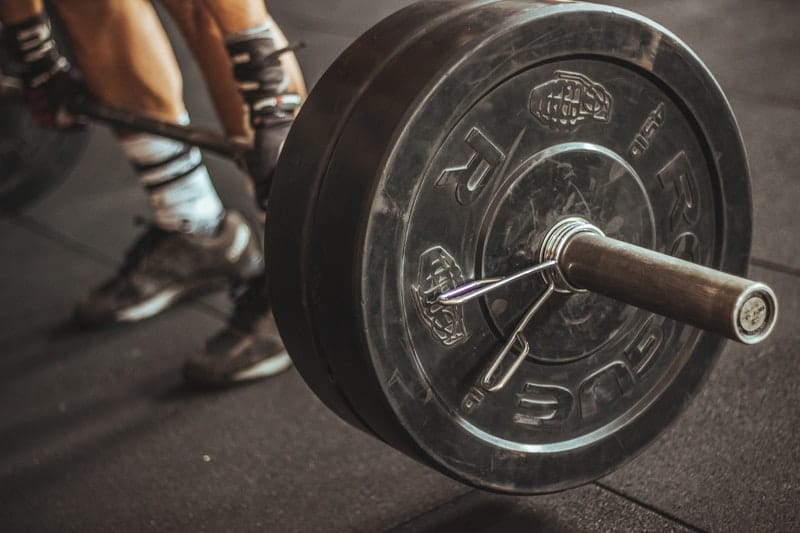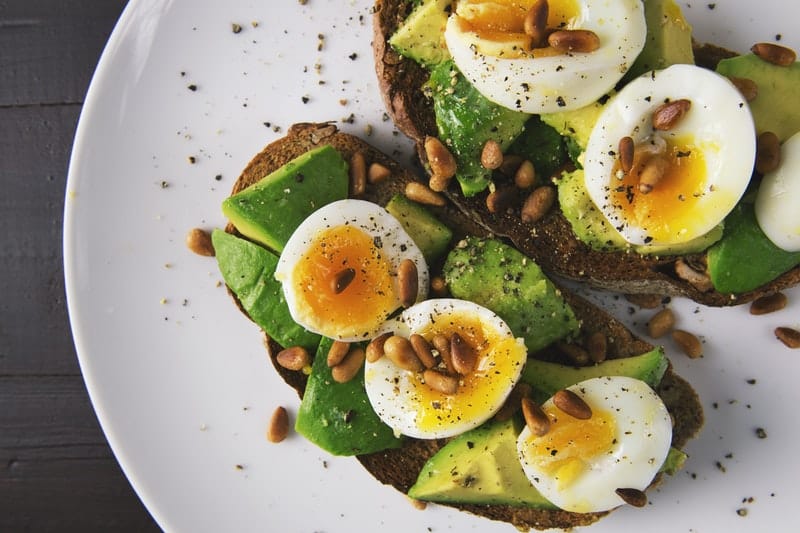Intermittent Fasting is a dietary protocol rising in popularity. Unlike common fad-diets that limit you to a strict list of foods for whatever reason the author tells you, Intermittent Fasting is only built around one thing: periods of fasting. Let’s learn more about fasting and what we can use it for.
What Is Intermittent Fasting?
Intermittent Fasting is the generalized term for limiting your food intake to specific eating windows and fasting the rest of the time. While there are quite a few variations of this dietary technique, fasting has been studied countless times.
It has been shown to improve health and weight loss efforts. It’s not magic, but adherence and other minutia are boosted with Intermittent Fasting over other diets.
Counting calories still matters. But, limiting yourself to a specific eating window and fasting the rest of the day is an easy way to plan a diet and ensure the few meals that you do eat are aimed at reaching your goals. After all, who fasts for 20 struggle-filled hours and then ruins that progress with a pizza binge?
How To Use Intermittent Fasting
So, we’ve established that Intermittent Fasting has the research-backing it needs to prove the efficacy. It helps people get healthier and helps them lose weight as well. But, what can it do for us fitness buffs?
Let’s see how we can use it in some common situations.
For Bulking:
When bulking, putting on fat while trying to gain muscle is commonplace. But, with Intermittent Fasting, we can take advantage of the benefits of fasting (insulin sensitivity, optimized hormone levels, etc) to put on less fat with the added muscle.

This equates to a much leaner bulking period and can even lead to body recomposition instead of bulking altogether.
The problem is that a limited eating window means eating the amount required to bulk can become challenging. If you are someone who typically dirty bulks (eats everything in sight in the name of gains), Intermittent Fasting could be a great choice for you.
For Cutting:
The increased insulin sensitivity, boost in Growth Hormone, and rise in glucagon creates a great environment to lose fat. Simply employ your desired type of Intermittent Fasting while still counting calories and you’ll see great results.

Most people find that adhering to a fasting protocol becomes easy enough after a week or two. Appetite levels regulate and the body becomes used to fasting in time.
To avoid muscle loss, be sure you know how much protein you need. You can utilize amino acid supplements during the periods of fasting to improve muscle protein synthesis and your nitrogen balance. BCAAs and EAAs are your friends if you want to keep your muscle while losing that unwanted fat.
Types Of Intermittent Fasting
There are tons of variations of Intermittent Fasting. Every diet author has come out with their version, claiming their take of the pot of gold that is Intermittent Fasting.
In some ways, all of these fasting protocols are effective. If they call for calorie counting and balancing your macronutrients while employing a fasting diet, they should provide all the benefits that Intermittent Fasting can produce.
With that said, there are some different programs out there, and they all kind of fall into one of three fasting categories.
Lean Gains
Martin Berkhan created Lean Gains and it rose in popularity through fitness forums online for years. While he claims the credit for this dietary protocol, it boils down to fasting periods every day with a shortened eating window.
The typical layout is 16 hours of fasting and 8 hours of feasting, or 16:8. This cuts out a couple of normal meals per day and makes meal planning much easier.

Users still get the benefits of fasting without drastic periods of fasting that can seem daunting. It’s effective and very popular.
Warrior Diet
While the Warrior Diet isn’t very popular, there are fasting techniques that followed this style that have risen in popularity. So, it’s only fair to shout out the Warrior Diet as the first protocol to focus on a single large feast with the rest of the day in famine.
Originally 20 hours were devoted to modified fasting. In these modified fasts, dieters could eat a few foods, like hard-boiled eggs, vegetables, and plenty of fluids. Then, for 4 hours each day, they are allowed to essentially binge on their food for the day.
Now, newer techniques have sprung onto the scene, like the One Meal A Day (OMAD) protocol. Fast the entire day and have one large meal per day. It’s almost impossible to overeat in only one meal, so counting calories is almost unnecessary if you can stick to this style of eating!
Alternate Day Fasting
This type of fasting is uber-popular as well. It is known as Alternate Day Fasting or ADF. Essentially you’ll go 24 hours, or more, without food. The rest of the time you can eat as you normally would.
Some protocols stick to the 24-hour schedule. Say you stop eating at 6 PM tonight. You would fast for 24 hours and not eat again until 6 PM tomorrow.

Others have taken the Alternate Day Fasting literally and fast for an entire day a few times a week. Say you stop eating at 9 PM tonight. You don’t eat the entire next day and eat again at 9 AM the day after. That is a 36 hour fast!
Some people like this because they can eat normally for at least half of the week. Fasting efforts become like a challenge and motivation levels stay high. Those who struggle with daily fasting may find better results with ADF.
Final Words
Don’t assume that Intermittent Fasting is a magic pill. It’s still just a dietary tool that can help boost progress when calorie and macronutrient intake is optimized. Try one or more of the templates laid out in this article and see what fasting can do for you.
